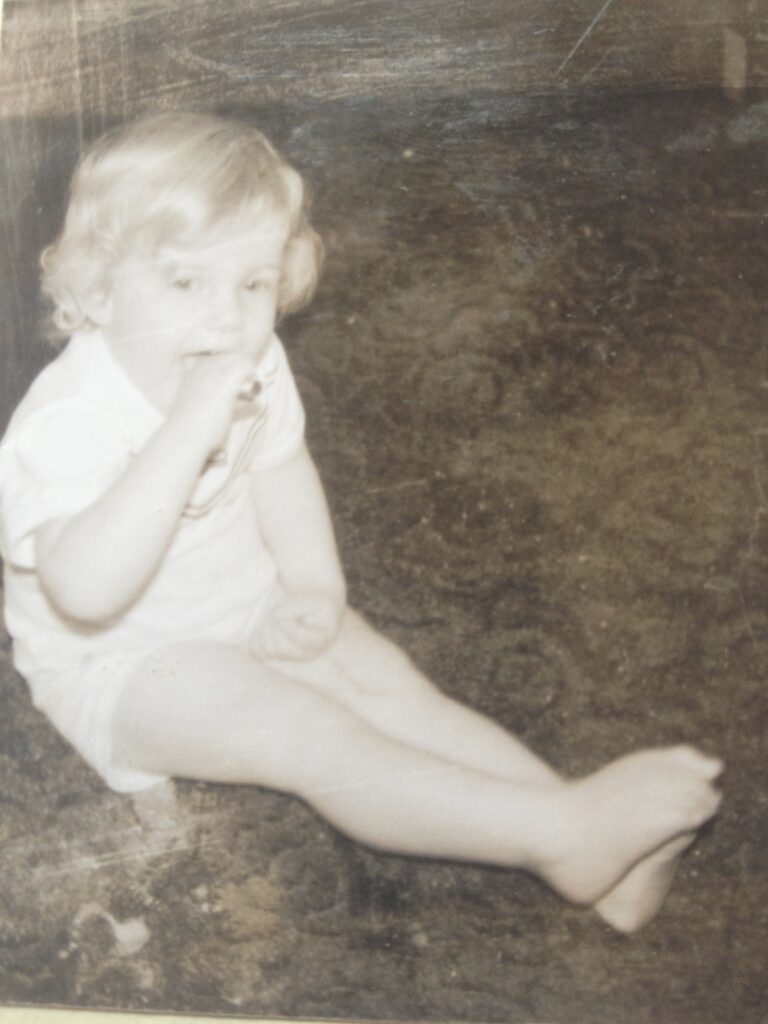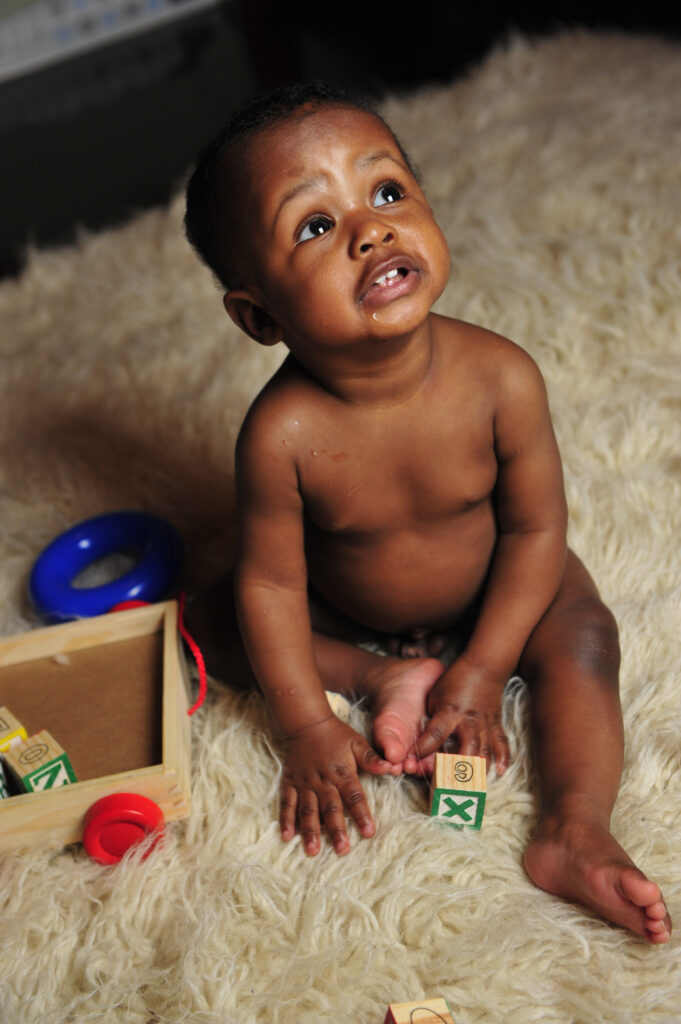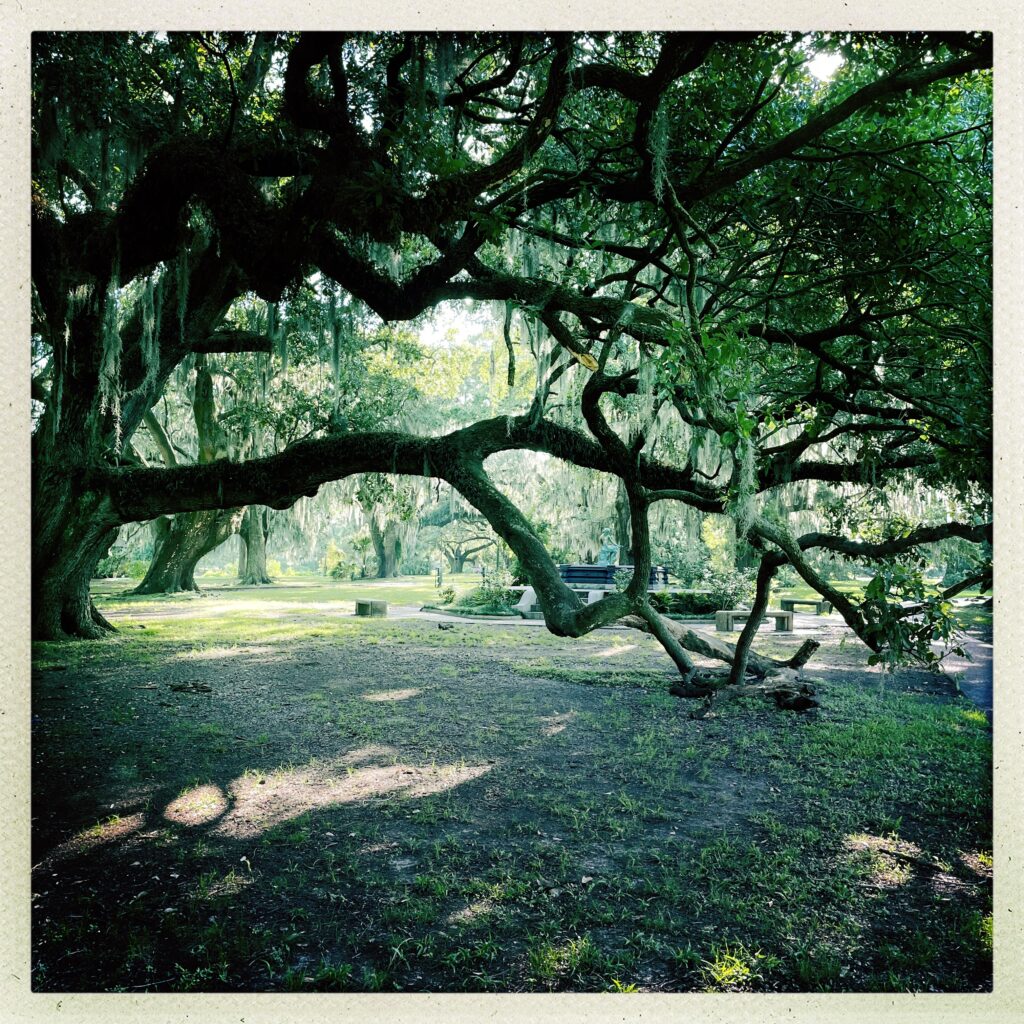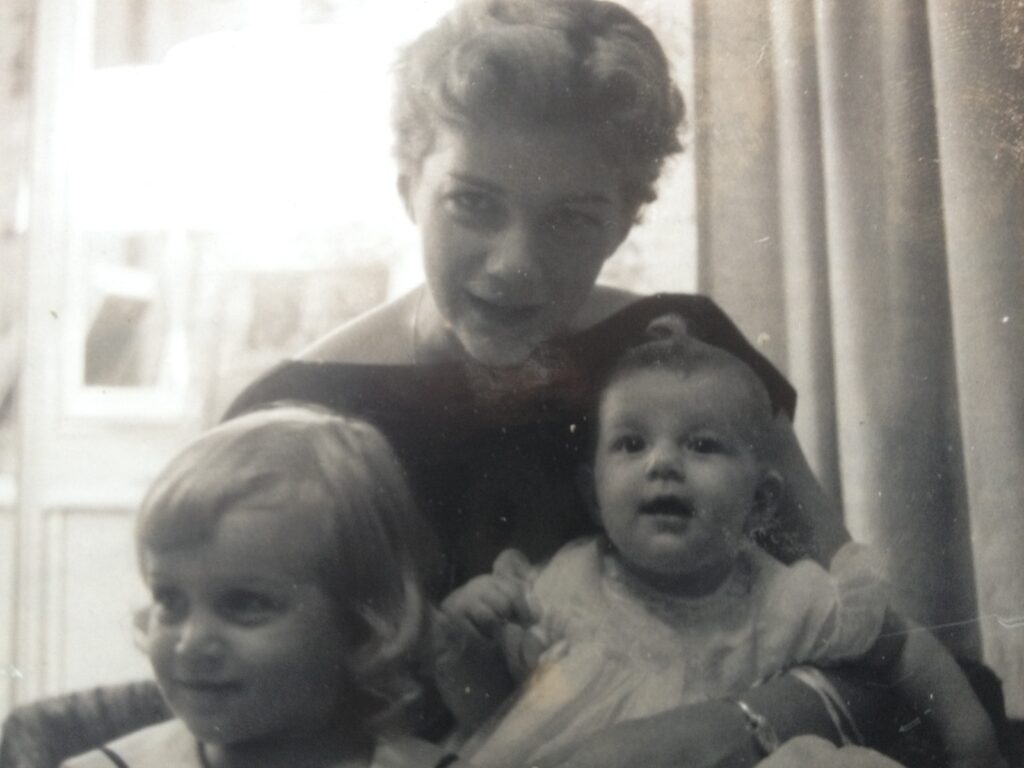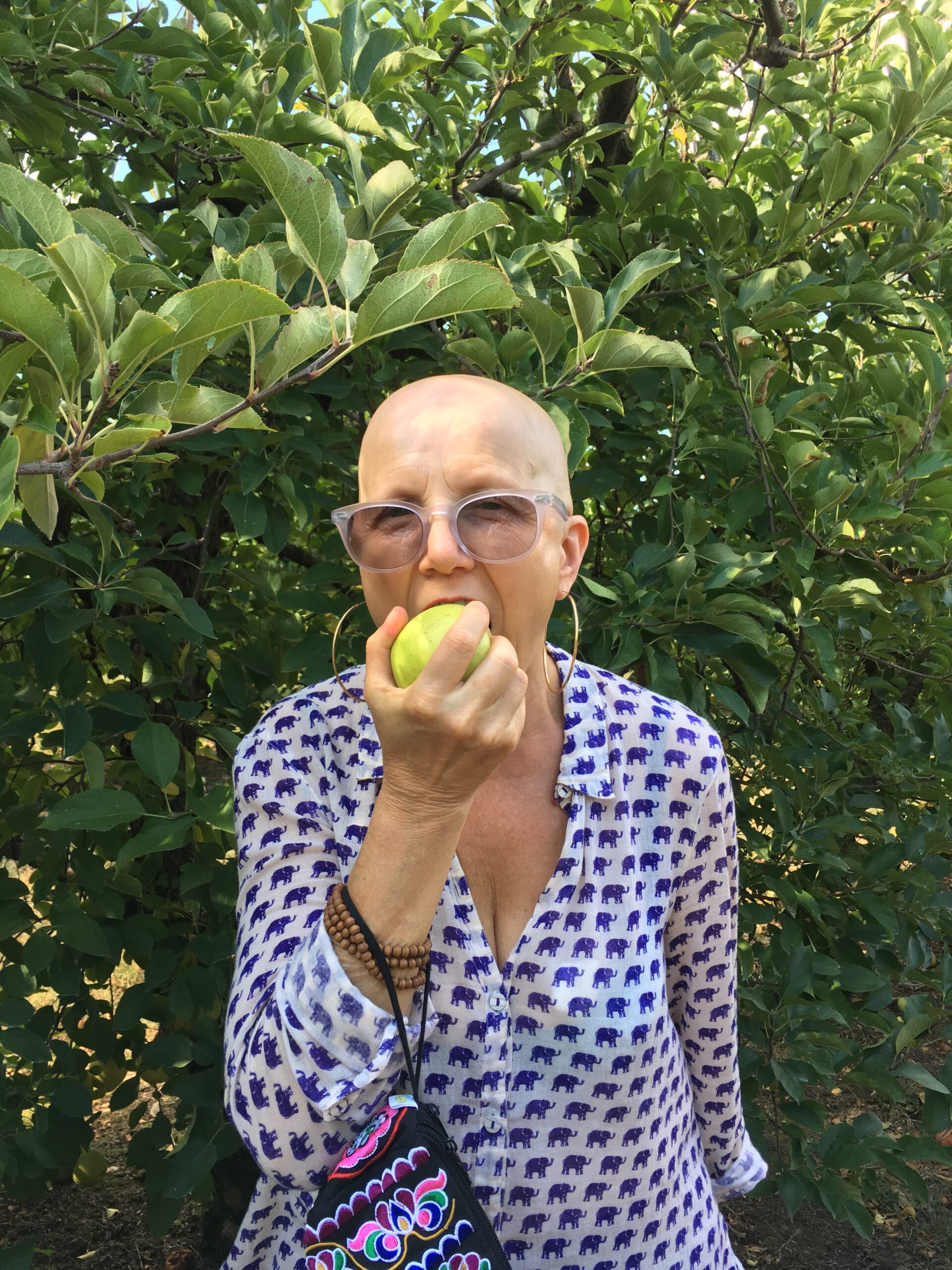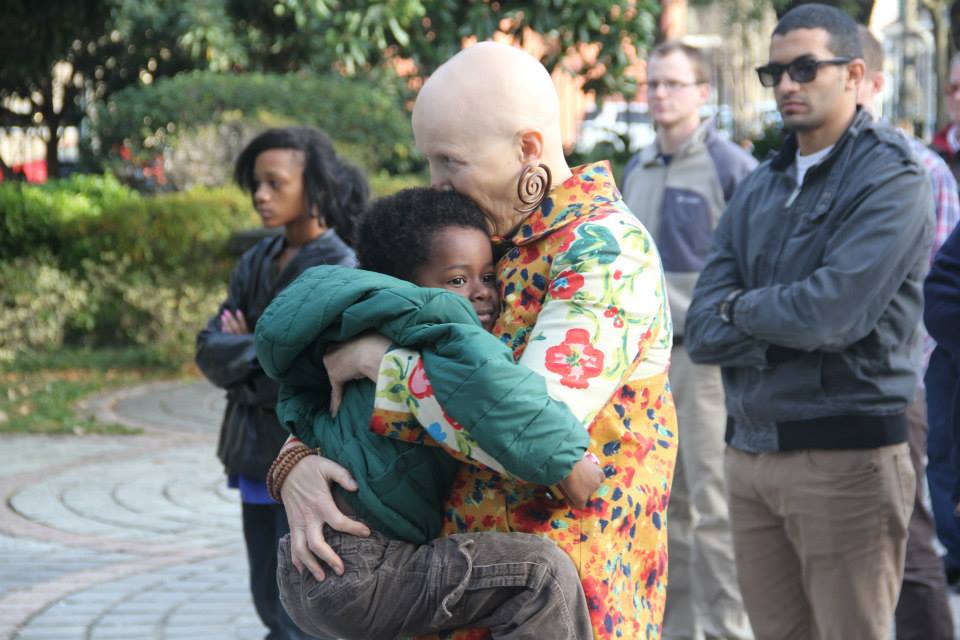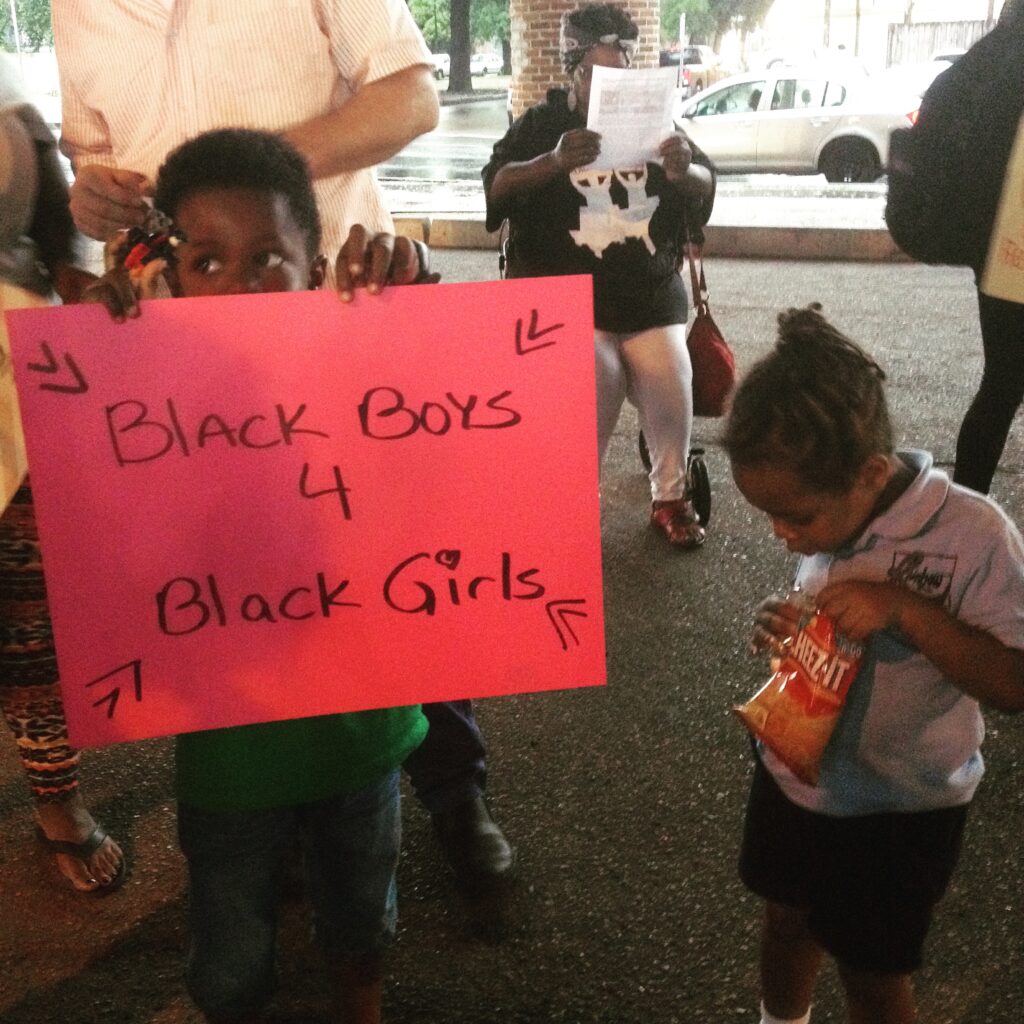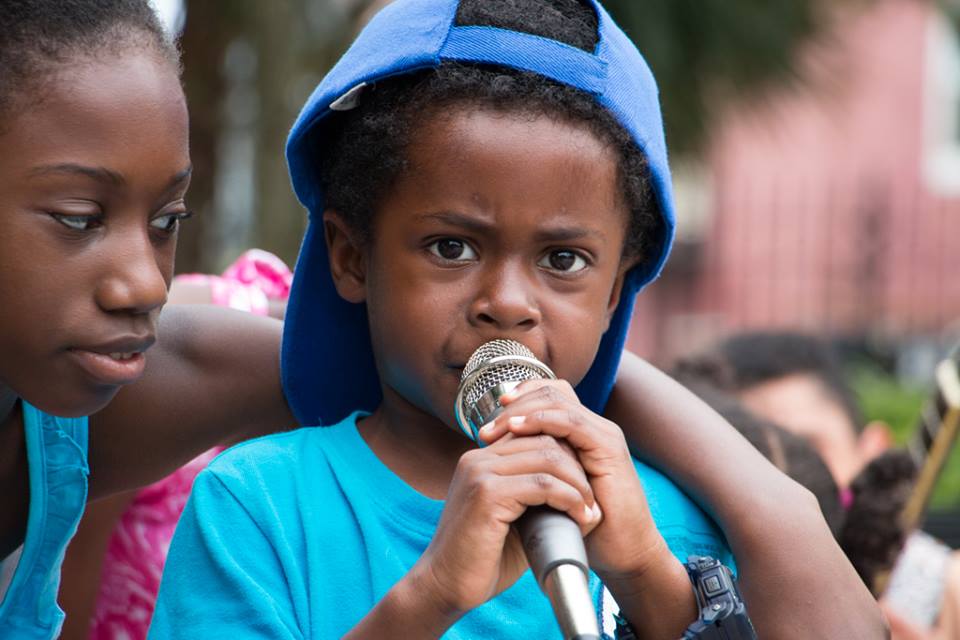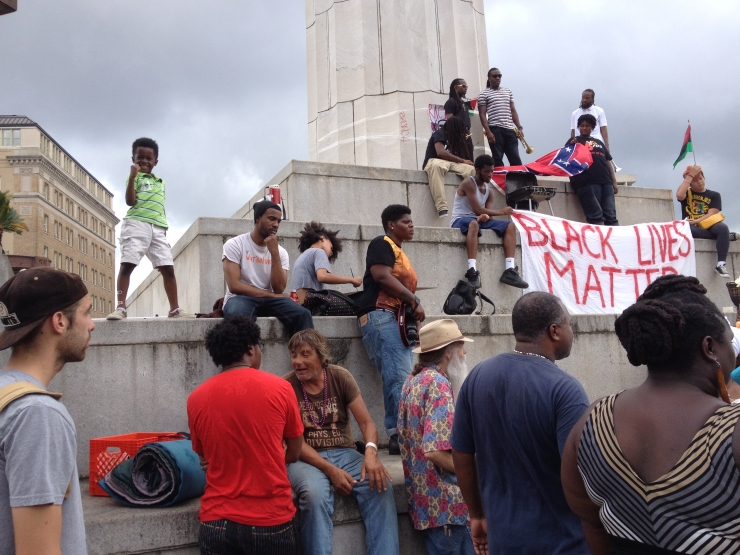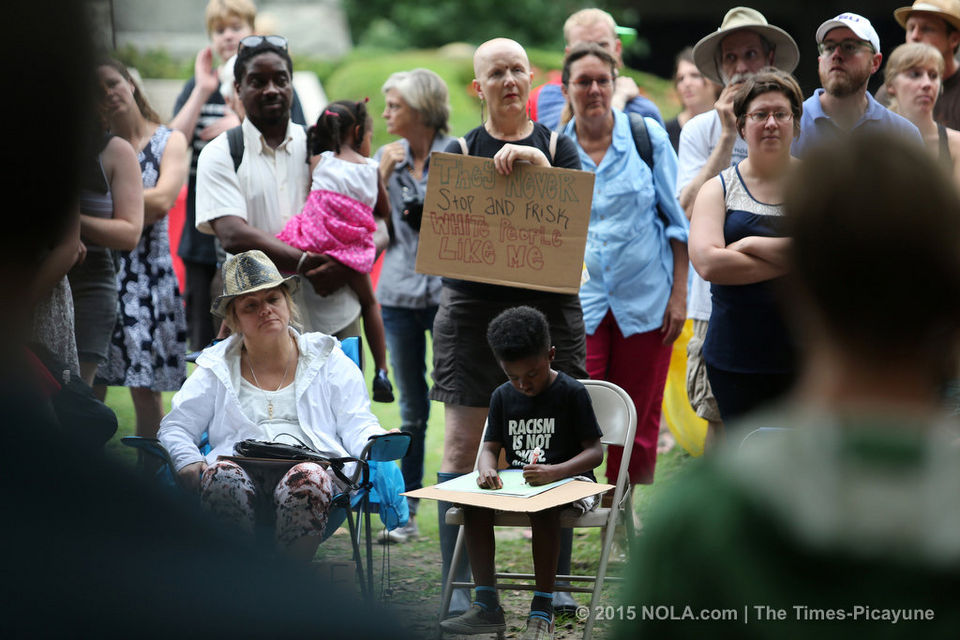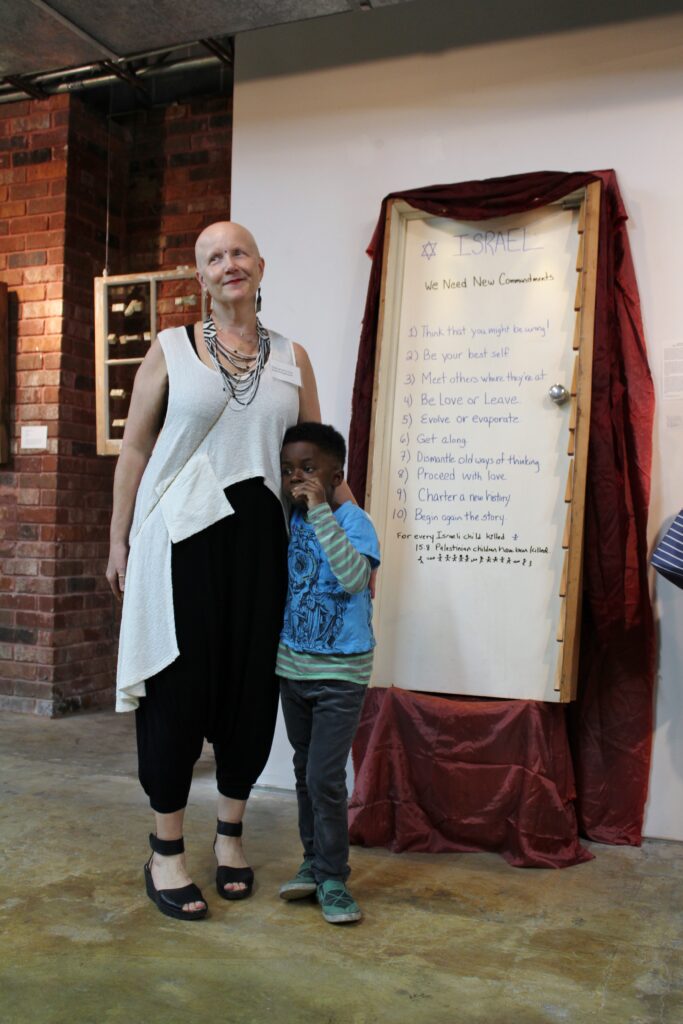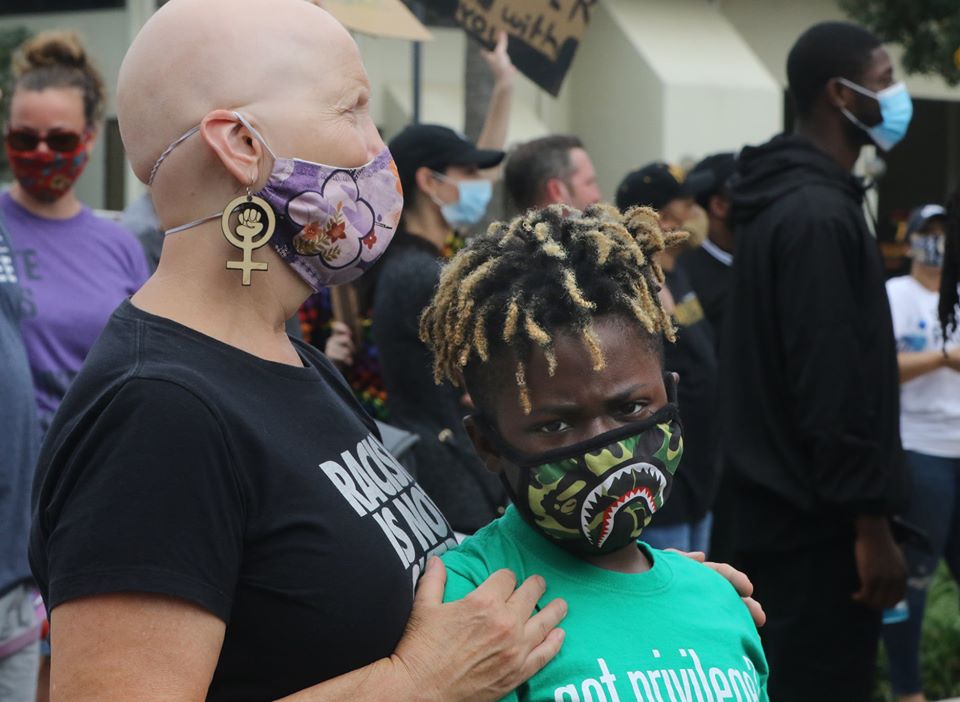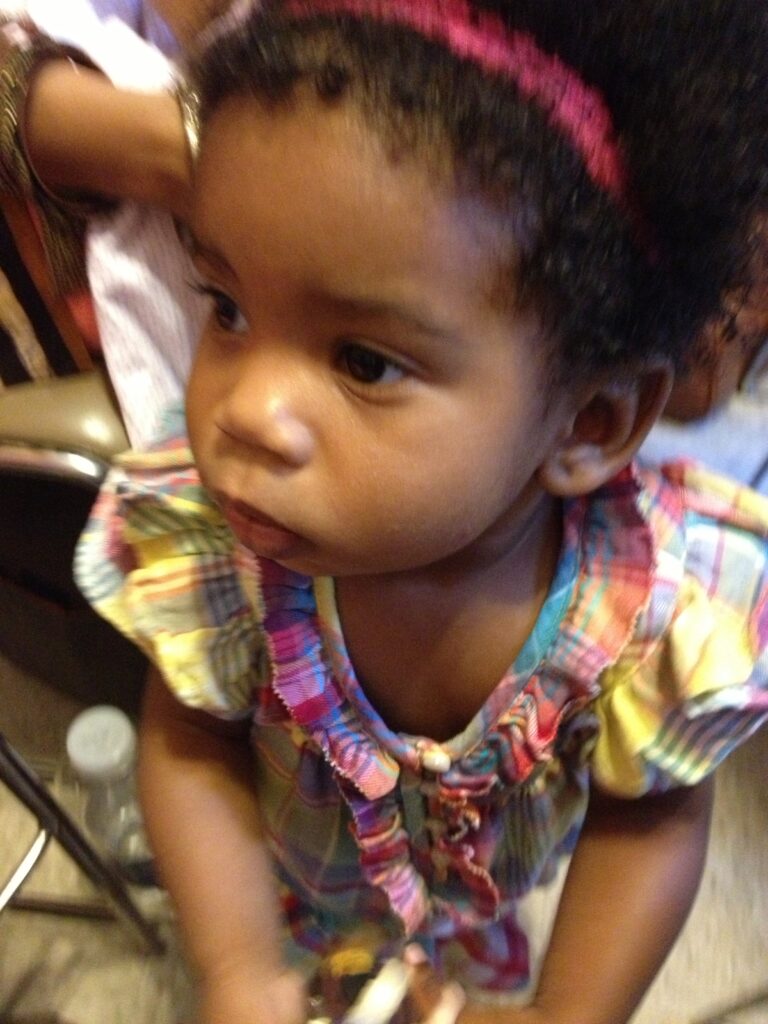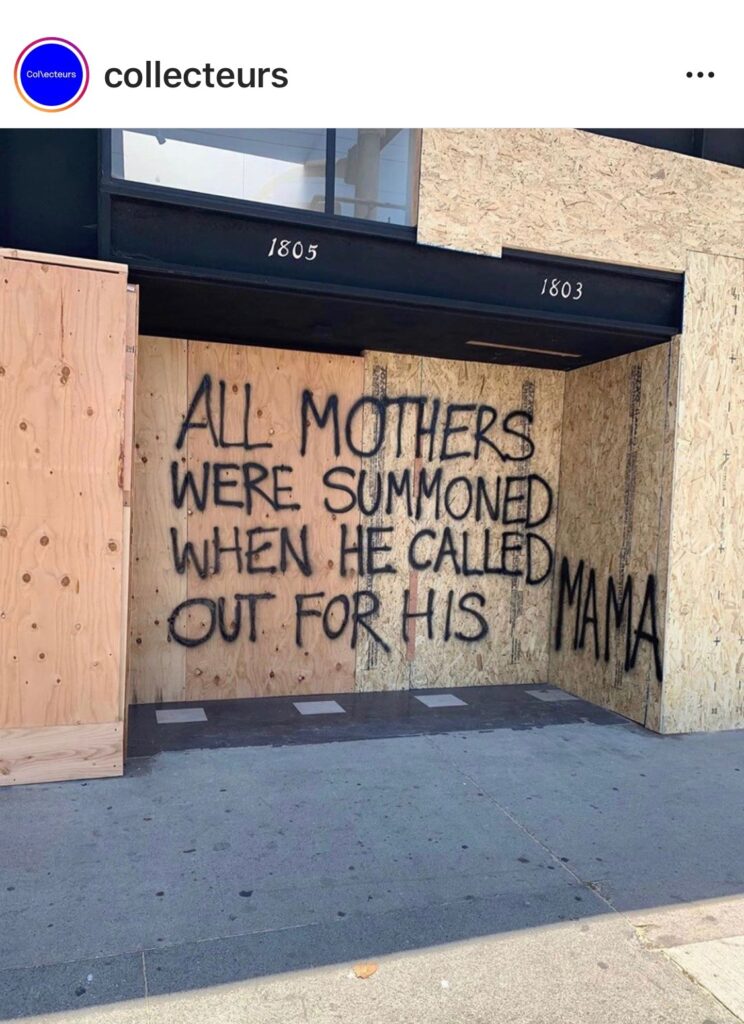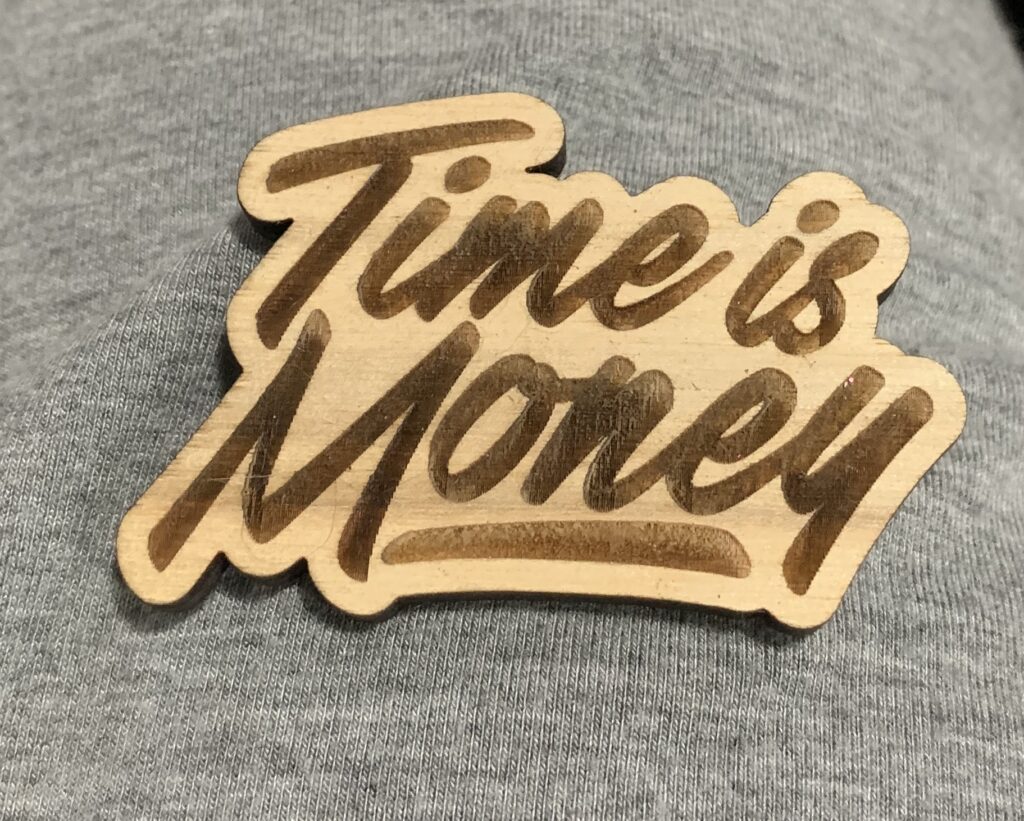Seven Days in Mexico
Saturday, November 19th, 2022Four Women
One Fabulous Villa
Mexico is beautiful, proud, polite, full of murals, has tons of art and culture, bustling with commerce and activity, family loving – Mexico City has more museums than any other city on Earth – including Paris?
VIVA MEXICO
In Summary: In Cuernavaca, we stayed at the wonderful Casa de la Grúa.
https://www.airbnb.com/rooms/20743463
We ate at Hacienda de Cortes (where tree vines form the roof of the restaurant and you can wander through the koi pond garden) and Las Mañanitas (where you have drinks on the lawn surrounded by peacocks, macaw parrots, and a giant tortoise before being shown to your table). In Mexico City we had cheap but delicious tostadas at the stand in the Coyoacán Mercado. In Tepotzlan we had a million-dollar view of the mountains while we ate at El Ciruelo. And at Del Angel in Taxco, we drank Cuban rum while looking over a Santoriniesque vista. However, my favorite food came from our sweet and amazing housekeeper, Silvia, who made us delicious chilaquiles, and fresh guacamole every single day.
DAY 1
Arrive in Mexico City and get picked up by a driver Delia had arranged for us to head to Cuernavaca, a popular vacation site known as the City of Eternal Spring because of its temperate climate and the profusion of flowering plants in its parks and gardens. it is the second largest city in Morales, a state in Mexico. We arrived at Casa de la Grúa to a welcome by Delia, the manager and Silvia, the housekeeper who had prepared a light meal for our arrival. We walked across the street to one of the largest grocery stores in Mexico to buy everything we could possibly need including homemade tortillas for the next day.
DAY 2
CUERNAVACA – the first day we explored Cuernavaca on foot – we walked to Centro, a mere 1.5 miles from the Casa de la Grúa. The Cuernavaca Cathedral was built in the 16th century on land donated from Hernan Cortés’s wife. Its purpose was for the evangelization and control of indigenous people after the Spanish conquest of the Aztec Empire. It also doubled as a fortress, with cannons mounted above the buttresses. It consists of one giant cathedral and two smaller chapels and only depicts Christ during his living years – not on the cross. It has been designated a World Heritage Site by UNESCO.
The Robert Brady Museum was our favorite thing in Cuernavaca. Robert Brady was an Iowa born heir who was a textile designer and a huge art collector. He looked a bit like Freddy Mercury and was gay during a time when it was not socially acceptable. He hung out with socialites and artists such as Peggy Guggenheim, Rita Hayworth and Josephine Baker (who spent two months of the year at his home in Cuernavaca). At one point, John Wayne lived next door. His home was a former Franciscan monastery built in the 16th century and his greatest wish was to leave it as a museum after he died. His collection includes pieces from Diego Rivera, Frida Kahlo (including the original self-portrait with monkey), Ruffino Tamayo, and many older pieces from places he traveled to, such as Papua, New Guinea and Africa.
We had lunch at Hacienda de Cortes (where tree vines form the roof of the restaurant and you can wander through the koi pond garden). There we were served the best margaritas and fresh juices ever! Then back to the Casa de la Grúa, our base camp, for mani pedis by Delia.
DAY 3
TEPOTZLAN
Wednesday, our driver took us to Tepoztlán is a small mountain pueblo south of Mexico City. It’s known as the reputed birthplace of Quetzalcoatl, the Aztec feathered serpent god, and for its new agey feeling, excellent craft market, and homemade ice cream shops with exotic flavors (rice, corn, tequila, cactus, maguey). A steep trail leads to the Aztec Tepozteco pyramid on a clifftop above the town, but we did not have time (or energy – the altitude difference caught up with us occasionally!) to do a hike. We came home to hour long massages in the spa room of the casita.
DAY 4
MEXICO CITY
Mexico City (population 12 million) is HUGE! Like so huge that it can easily take you half an hour to get from one site to another. We started our day in the charming Coyoacan neighborhood, home to Frida Kahlo’s house – Casa Azul. If you go, it is important to buy tickets ahead of time, because they almost always sell out. You could buy a pass to take photos there. It was definitely a touching experience to tour her home and see her corrective devices, paintings, and braces.
The Coyoacan Mercado was filled with beautiful arts and crafts, tostada booths, and fruits and vegetables. After exploring Coyoacan on foot for most of the day, our driver took us on a little driving tour of some of the major buildings in the downtown historical district. We ended our day with cocktails at the bar on top of the Torre Latinoamericana. This building was Mexico City’s tallest skyscraper for many years and was the world’s first major skyscraper that was built on a very active seismic zone. The skyscraper suffered no damage in the major 1985 earthquake, but many others around it did.
I really liked Mexico City despite its pretty awful traffic and hope to come back someday to go to the many incredible museums and archaeological sites. I needed about five more days to see everything I would have liked to see!
DAY 5
CUERNAVACA
La Mañanitas is an institution in Cuernavaca, with lush gardens replete with wandering peacocks and colorful macaw parrots as well as an attentive staff. After drinks in the garden, we were ushered to our table in the outdoor dining area and were well attended by a fleet of servers.
The Borda Garden was a summer mansion built by a wealthy miner from Taxco, by the name of José de la Borda. A lover of botany and horticulture, he had a garden based on Versailles built, which had many species of plants, two pools, terraces, and fountains. In 1865, during the government of Maximilian of Habsburg, Maximillian and his wife Carlota used this place as their summer residence, due to the constant spring-like climate that exists in Cuernavaca throughout the year. Now it operates as a park, museum and cultural center.
DAY 6
TAXCO
The last day of our trip was spent wandering around the mountain silver-mining pueblo of Taxco. Our driver took us the 1.5 hours up 2000 feet to the mountains. Taxco is in the Mexican state of Guerrero, which has had a lot of crime related to cartels. Taxco is the only town in Guerrero that the U.S. State Department approves travel to. I will say that we felt very safe the whole time that we were on our way there and back, as well as throughout Mexico.
Taxco is known for its proliferation of silver jewelry stores, its Spanish architecture with white stucco buildings and red clay roofs, its gigantic and elaborate cathedral, its narrow streets with rock designs embedded in them, and the fact that about half of its taxi fleet is VW bugs and busses (because of their rear wheel drive and ability to scale steep inclines)! It also has a scenic cable lift going up to a mountaintop hotel. We started off at a jewelry shop/silver mine that gave us a history lesson over shots of Mezcal and then Palomas and encouraged us to try on a replica of a silver Frida Kahlo necklace. We had a very picturesque lunch on a terrace here, as well as some yummy Mexican ice cream.
The Church of Santa Prisca, in Taxco, was built between 1751 and 1759, funded by José de la Borda, who was one of the wealthiest silver mine owners of the region. The construction of this church (for his son – who was a priest) nearly bankrupted him. It is considered one of the best examples of Spanish Baroque ornate stucco architecture. The church is named after Saint Priscilla (Prisca) who refused an order by Roman Emperor Tiberius Claudius to make a sacrifice to the god Apollo, because of her Christian faith. She was beaten, sent to prison, and then thrown to a lion in the amphitheater. Instead of attacking her, the lion lay down at her feet. We looked for a medallion representing her in many of the silver shops of Taxco and could not find a single one. What an oversight! Santa Prisca is overwhelmingly ornate, with its floor-to-ceiling altarpieces covered in gold leaf.
DAY 7
HOMEWARD BOUND
We had our last breakfast hand made by the lovely Silvia and said goodbye to the Sargent Thrush who sang to us every morning and lives in the tree near the casita. In seven days, we became so accustomed to seeing Silvia upon rising, taken on wonderful excursions by our friendly drivers, and having always at the ready, Delia, for any of our needs, we all shed a tear leaving this magical place and vowed to return.
All of the photos of the Casa de la Grúa are by Ann Madden
Much of the narrative is compiled by Karen Aderer’s FB posts
For rates and availability – https://www.airbnb.com/rooms/20743463
